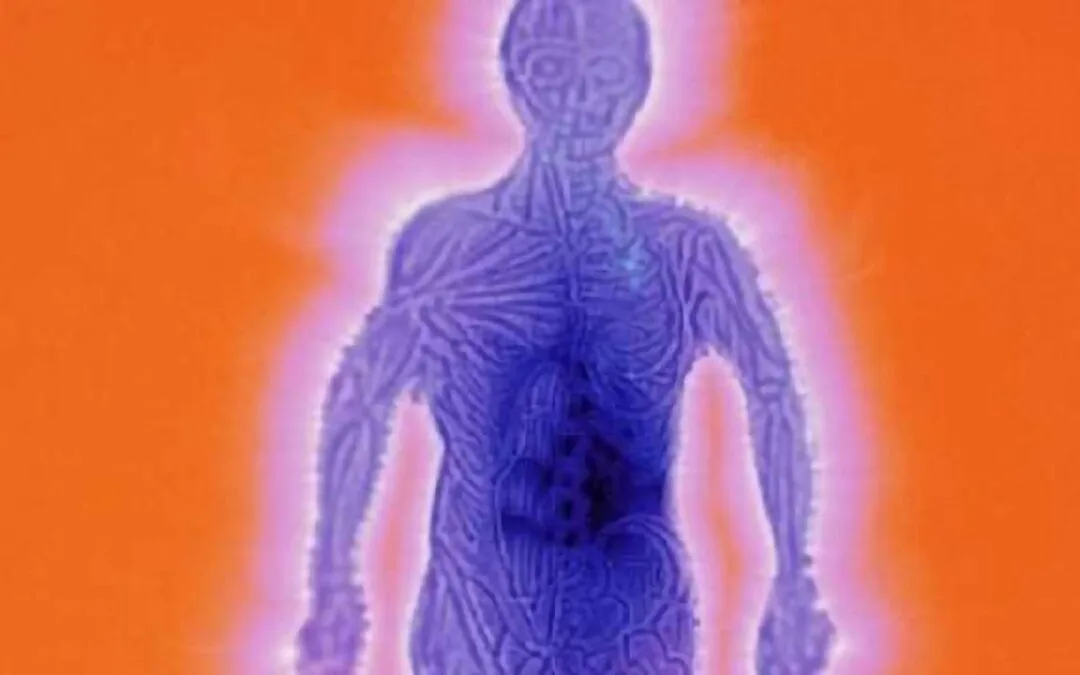Peripheral Neuropathy (PN) refers to the damage to peripheral nerves that causes weakness, numbness, and pain in other areas of the body. When you have peripheral neuropathy, it means that there could be a problem with the function of the nerves that send the message from the brain and spinal cord to your body.
According to the Foundation for Peripheral Neuropathy, there are approximately 20 million Americans who suffer from Peripheral Neuropathy. Diabetes is the number one consideredcause of peripheral neuropathy with 60 to 70 percent of people with diabetes being more likely to develop PN. Due to chronically high blood sugar, nerve damage builds up and causes numbness, loss of sensation, and pain in your hands and feet. Along with Diabetes, there is chemotherapy (10%), HIV/AIDS (2%), and other unknown (23%) causes.
People with diabetes can reduce the risk of developing nerve damage by keeping their blood sugar levels close to normal. Another way to treat and improve the function and daily activities affected by peripheral neuropathy is through undergoing physical therapy. Physical therapists and nurses play a vital role in creating a personalized treatment plan for your goals and concerns. Utilizing manual therapy or a corrective movement approach may reduce neuropathic
pain and can help control blood sugar levels when done regularly.
A comprehensive physical routine includes 4 essential activities that refer to your strength, flexibility, balance, and endurance. Studies show that incorporating these 4 kinds of activities prevents patients with peripheral neuropathy to experience further complications and improves their measure of pain and neuropathic symptoms. See how each exercise benefits you:
- Strength exercises help to make your muscles grow stronger and prevent you from accidents and injuries. By doing constant training, your muscle will regain their lost strength and return to doing functional activities.
- Doing warm-ups is important to avoid inflicting shock on your muscles and joints. Flexibility exercises, also known as stretching, help you prevent getting injured when doing physical activities. Warm up your body by doing gentle stretching for 5 to 10 minutes.
- If you have peripheral neuropathy, you experience joint pain, weakness, and unsteadiness which make you very prone to injury by falling that is why keeping your balance system healthy is important. Balance is affected by illness and age. Older muscles are much smaller and weaker and respond inefficiently during the times that you need to brace yourself or flight moments. Doing balance exercises will help you
overcome your stiffness and unsteadiness. - Aerobics is the culmination of flexibility and balance exercise. It will help you increase your heart rate, work your muscle, and raises your breathing rate for tougher endurance. It is best to perform aerobics for 30 minutes twice a week. By doing so, you can enjoy your time while preventing and easing the nerve damage caused by peripheral neuropathy.
If you are struggling with physical neuropathy, physical therapy can help improve your physical functions and lower your blood sugar levels. Trained physical therapists can assist you with getting back to the highest level of performing activities safely and effectively.



